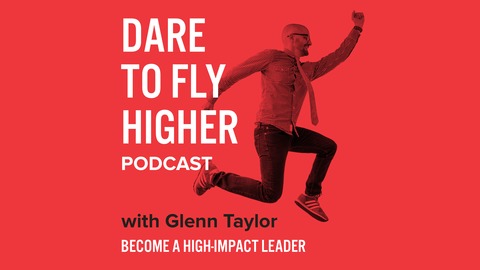Corporate events suddenly had to go virtual as soon as it was clear gatherings of any size were a contagion risk. From small sales conferences to annual tech galas that attract thousands of attendees—such as Apple’s Worldwide Developer Conference and Facebook’s F8 event—organisers have had to turn on a dime. But while some firms are used to offering webinars, others have never tried it. So what does it take to run a successful online gathering? We asked a range of virtual-events organisers for their advice on making the switch. Here’s what they told us.
- Define the event size and type. Specialised meeting platforms abound and there’s no one-size-fits-all option. Do you want to stage a one-hour webinar with questions, an agenda-based conference with multiple tracks and Q&As, or a symposium in which groups of people participate in video discussions led by a moderator?
- Choose an appropriate online platform, based on the size of the audience (hundreds or thousands?), and the amount of interactivity you require (polls, Q&A, discussion forums, virtual breakout rooms). Attend similar events and get demos from vendors. “You just have to experiment with this and try it out,” says David Strom, who organises monthly online events for hundreds of people for the American Red Cross, using Cisco Webex.
- Don’t overdo the technology. High-definition video and other fancy features may overtax attendees’ devices or internet connections. Dirk Van Slyke, events director for the Open Compute Project Foundation, which had to abruptly shift a 4,000-person event online, says they wanted a web-based platform that would work well on mobile devices. They picked Intrado, which also provided a 3D virtual trade show for vendors.
- Adjust the price. If the same value is offered, charging a comparable price may be justified. David Blatner of CreativePro, which had planned to host a five-day event for hundreds of creatives in June, opted to reduce the price for the full week from $2,400 to $1,700. Early registrants received credits or refunds. Mr Van Slyke’s event, run by a nonprofit organisation that exists to share information and connect participants, chose to drop its fee altogether.
Once you’ve decided to go ahead, remember that a virtual event isn’t any simpler to organise. You may not need to secure a space, set up screens and stages or corral speakers into the right rooms, but online meetings have complexities of their own. Mitigate the risks through careful planning:
- Pre-record where possible. Mr Van Slyke’s group decided to have most of the hundreds of speakers for its event record their presentations at home, to improve production quality and reduce risk. “Live sessions are not worth the risk,” says Mr Blatner. His event in June will have a live master of ceremonies to knit the presentations together and add some sparkle, using Pathable, a virtual-events platform built around Zoom.
- Preflight obsessively. Ensure all slide decks, videos, and other presentation materials are received and uploaded well ahead of time to spot problems with file formats, aspect ratios, corrupted documents or missing fonts. Mr Strom’s group performs an hour-long test run before each event. He recommends that participants restart their computers beforehand.
- You’ll need production staff. Even for a small webinar, the presenter should be solely focused on the task at hand. For larger events, especially those with multiple simultaneous tracks, many production people may be needed to keep things moving, manage media transitions and fix technical problems. Provide multiple back channels to link speakers and production staff. Mr Strom uses multiple monitors to display what participants see next to the “backstage” live chat (over Microsoft Teams) of his staff.
The ultimate goal is to make attendees feel your event was worth their valuable attention—that their time was well spent. To maximise the feeling of participation:
- Plan on shorter presentations and more Q&A. One big advantage of online events, experts say, is that it’s easier to ask questions, increasing the quality and quantity of interaction, and creating a level playing field among participants. Double down on Q&A to ensure that attendees get the most value from speakers’ expertise, and try to respond to as many questions as possible. They can even reply to questions live as their pre-recorded talk plays.
- Include interactive elements. Many speakers like to start in-person talks by taking a straw poll of the audience. Zoom and other platforms offer similar features, letting audiences send a thumbs-up emoji or take part in a poll, for example. That provides feedback to speakers during live sessions, and gives audience members a sense of belonging to part of a larger group. Daniel Glaser, a neuroscientist, asks questions and has his virtual audiences wave quickly for “yes” and slowly for “no”, giving him a visual way to take the temperature of the room.
- Remind people why a live virtual event is worthwhile. Attending at the time means they have a chance to question speakers and interact with other participants—something they can’t do when watching a playback later.
A polished online event can push the same kinds of buttons as attending live theatre or a musical performance. “The goal is to create an experience,” says Mr Blatner. “You can always get the information, but it’s hard to get the cool experiences.”





